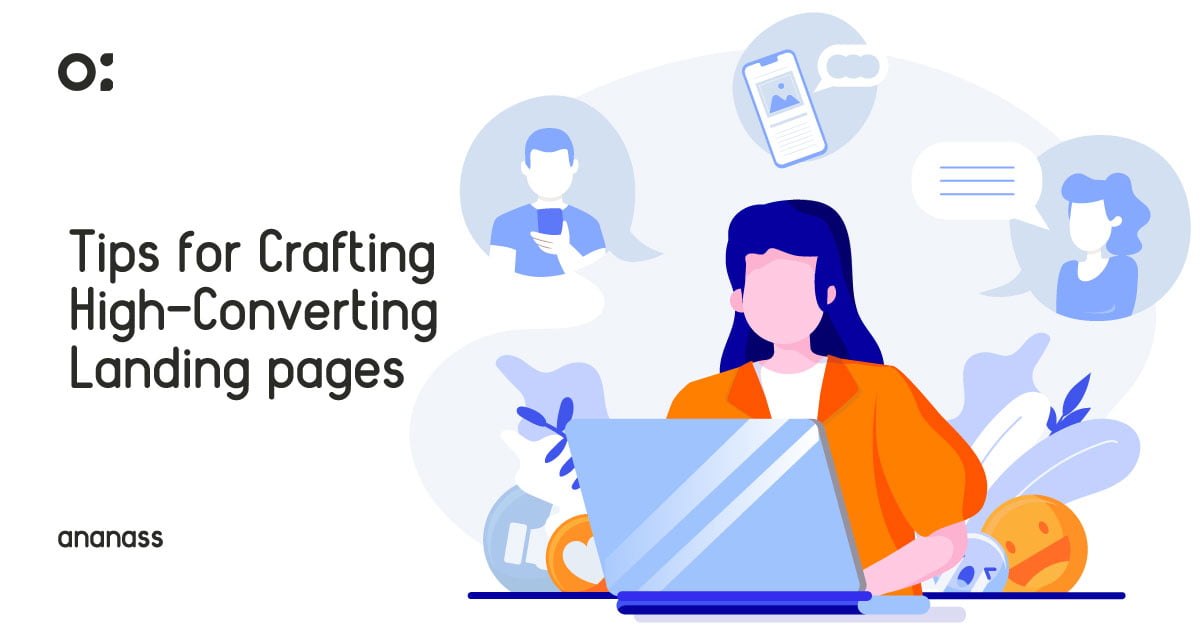
The Greatest Website Page Builders: Making Beautiful Pages Simple Having

Conduct market research to gather insights about your audience’s preferences, behaviors, and pain points.
Creating Buyer Personas: Develop detailed buyer personas that represent your ideal customers, helping you to create more personalized content.
The headline is often the first thing that visitors will see on your landing page, so it’s important to make it count. Use a headline that clearly communicates the benefits of your offer and what visitors can expect to get by taking action. Avoid using jargon or complicated language, and instead focus on using simple and straightforward language that gets your message across.
Highlight positive reviews to validate your product or service.
Present detailed success stories to demonstrate tangible results.
Ensure that your images and videos are professional and relevant.
Compress files to improve page load times.
Use visuals to draw attention to important aspects of your offer.
Regularly update and refine your landing page based on feedback and performance data.
Reduce the number of fields to increase form submission rates.
Optimize your landing page for mobile devices to reach a broader audience.
In conclusion, there are many best practices for creating effective landing pages with Elementor. By using clear and concise headlines, including relevant and engaging images, and organizing your content in a logical and easy-to-follow structure, you can create landing pages that are sure to convert. Additionally, testing different versions of your landing pages and tracking your results can help you continually optimize your pages and improve their effectiveness. By following these best practices and utilizing the powerful features of Elementor, you can create high-quality landing pages that drive traffic and generate leads for your business.

Author

The Greatest Website Page Builders: Making Beautiful Pages Simple Having

Top 10 Web Hosting Providers: Your Ultimate Guide to Finding
Ananass offers professional web design services for businesses, delivering visually stunning and user-friendly websites. Whether it’s a new project or a revamp, our experienced team is dedicated to fulfilling your specific requirements. We believe in open communication and collaborative partnerships. For technical support, inquiries, or discussing your project ideas, our responsive and knowledgeable staff is committed to providing prompt and reliable assistance. Contact us today and let’s embark on a successful web design journey together.
Nous sommes ravis de vous accompagner dans la création de votre site web.